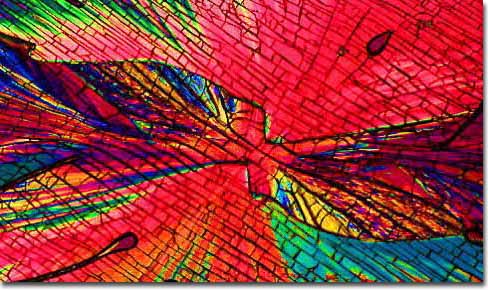|
Heineken, which is hailed as the “world's most international brewer,” has its roots in the sixteenth century, when a brewer’s widow, Weijntgen Elberts, founded the Haystack brewery in Amsterdam. It was not until 1864, however, that a young entrepreneur named Gerard Adriaan Heineken purchased this brewery, which was the largest in the area, eventually lending his name to the brew it produced. Soon after his acquirement of the company, Henieken made several changes, one of the first of which was to have a new brewery built in Amsterdam in order to better meet increasing demand. Soon after, Heineken decided to switch from traditional top fermentation to the Bavarian method of bottom fermentation, an alteration that resulted in a clearer, purer beer, which stays fresh longer. More than a century later, the success of Heineken’s methods continues to be seen, since the beer that bears his name is one of the most popular imported beers in the United States and around the world.
|
